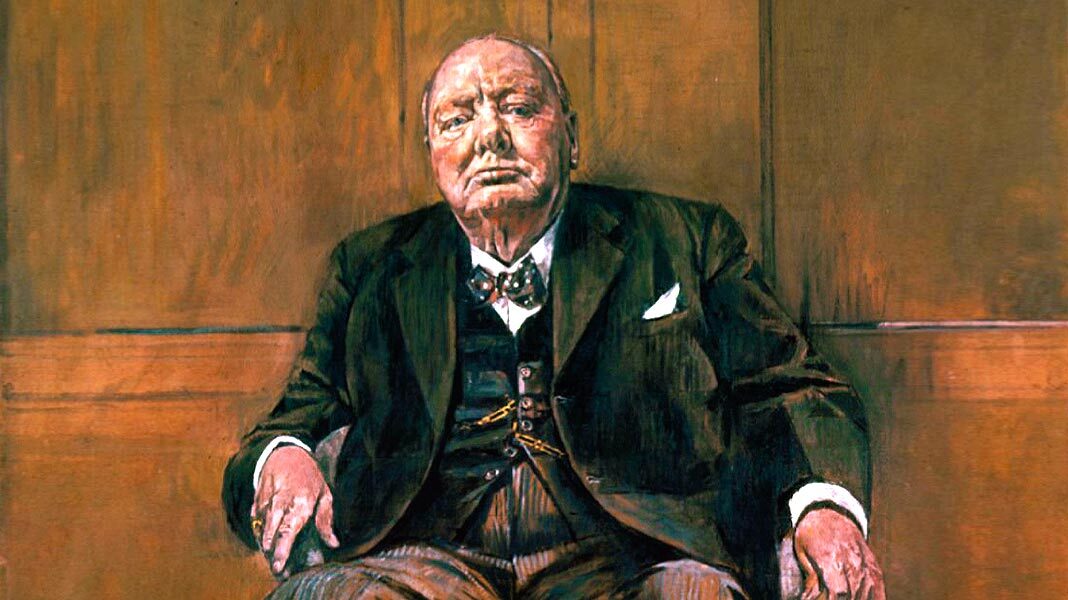

Today, his works can be found in the collections of the Courtauld Institute of Art, London the National Gallery of Canada, Ottawa the Art Institute of Chicago the Museum of Modern Art, New York the National Gallery of Art, Washington, D.C. 11The fate of Graham Sutherlands portrait of Sir Winston Churchill, a matter of speculation for 23 years, was revealed here tonight: Sir Winstons wife destroyed it because both. Shortly after his death in 1980, the Tate presented a major survey exhibition spanning his career. Artist: Graham Sutherland (1903-1980), one of the neo-romantic painters who dominated. Graham Sutherlands Winston Churchill (1954) by Jonathan Jones. (403 mm x 305 mm) Given by the artists widow, Mrs Graham Sutherland, 1980. In 1960, he was awarded the Order of the Merit. Portrait of Sir Winston Spencer Churchill, 1954.

Paul Rosenberg represented Sutherland at his eponymous gallery in New York, and gave the artist a solo exhibition in 1959. Sutherland’s major portrait commission of Sir Winston Churchill in 1954 was destroyed due to the sitter’s strong distaste of his depiction.

Sutherland received a retrospective at the ICA, London in 1951, and was included in the British Pavilion at the Venice Biennale in 1952. His haunting use of color lent itself to the depictions of the catastrophic damage caused by the bombings, and mining and quarrying scenes in Wales and Cornwall. As an Official War Artist from 1940 to 1945, Sutherland painted armaments, factories, and the devastation of ruined masonry and iron in blitzed cities. He exhibited in the International Surrealist Exhibition in 1936. There, Sutherland found in the landscape a primitive drama and a source of inspiration for anthropomorphic natural forms, and it was his oil paintings of these scenes that secured his reputation as a leading British modern artist. In 1934, he and his wife Kathleen first visited Pembrokeshire, where they returned annually for many years. He was teaching at Chelsea School of Art during the 1930s, when his medium turned to oil and watercolor-though his works retained an etcher’s eye for linearity. Following the collapse of the print market in 1929, he created designs for posters, china, glass, and fabrics, and began painting. Sutherland’s first solo exhibition was at the Twenty One Gallery in London in 1925, and he was elected to the Royal Society of Painter-Printmakers in the same year. After a period as a trainee engineer, Graham Sutherland studied engraving at Goldsmiths’ College School of Art from 1921–1926. Graham Sutherland was an English artist known for his work in prints, glass, fabrics, and portraits.


 0 kommentar(er)
0 kommentar(er)
